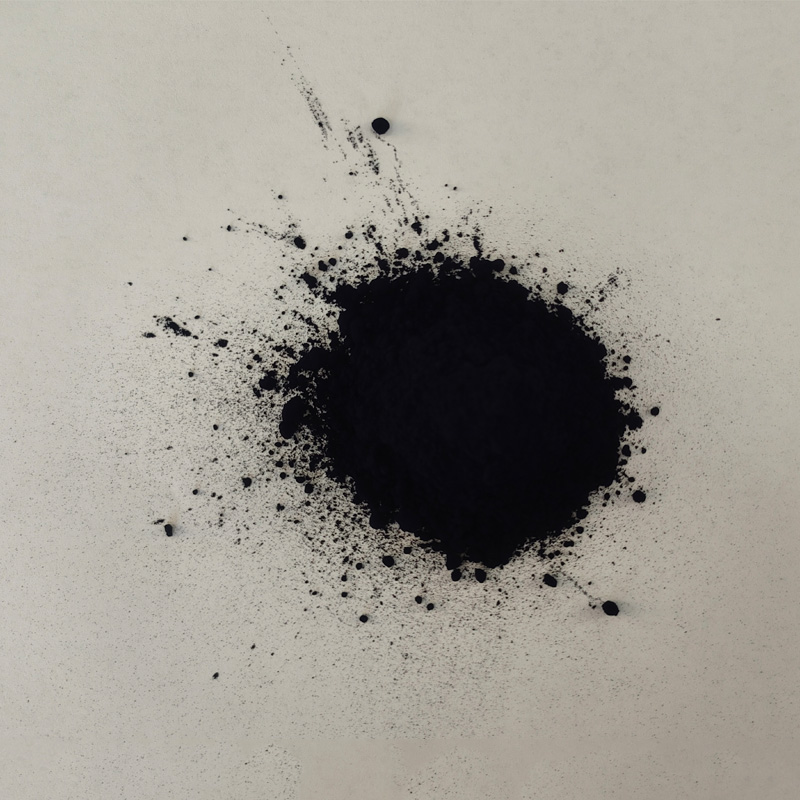Finding Reliable Suppliers for Organic Powder Dyes in the Textile and Craft Industry
Exploring the World of Organic Powder Dye Suppliers
In recent years, the demand for sustainable and eco-friendly products has surged, leading to significant advancements in various industries, including textiles, cosmetics, and food. One remarkable development in this realm is the rise of organic powder dyes, which are not only safe for the environment but also offer vibrant color options. This article delves into the world of organic powder dye suppliers, exploring their importance, benefits, and the factors to consider when sourcing these natural colorants.
What are Organic Powder Dyes?
Organic powder dyes are colorants derived from natural sources, such as plants, minerals, and fungi. Unlike synthetic dyes, which can contain harmful chemicals and pollutants, organic dyes are crafted from renewable resources and often undergo minimal processing. This makes them a safer option for both the environment and consumers. Common sources of organic dyes include turmeric, indigo, beetroot, and various leaves, each offering a unique palette of colors.
The Importance of Organic Powder Dye Suppliers
The rise of organic powder dye suppliers is crucial in promoting sustainable practices across several industries. These suppliers play a pivotal role in the supply chain by providing high-quality pigments that manufacturers can use to create eco-friendly products. By choosing organic dyes, businesses can reduce their carbon footprint, appeal to environmentally-conscious consumers, and comply with stricter regulations related to chemical usage.
Moreover, the increasing awareness about the harmful effects of synthetic dyes on both human health and the environment has led to a shift in consumer preferences. As a result, many companies are actively seeking organic alternatives, creating a thriving market for suppliers specializing in natural dyes.
Benefits of Using Organic Powder Dyes
1. Environmentally Friendly One of the key advantages of organic powder dyes is their minimal environmental impact. They are biodegradable and often produced using sustainable farming practices, reducing soil and water pollution.
2. Safety for Consumers Organic dyes are generally free from toxic chemicals, making them safer for human health. This is particularly important in industries such as cosmetics and food, where consumers are increasingly concerned about the ingredients used in products.
organic powder dye suppliers

3. Unique Coloration Organic dyes often yield colors that are richer and more varied than their synthetic counterparts. The hues produced can differ based on factors such as the source material and the method of extraction, providing artisans and manufacturers with the opportunity to create truly unique products.
4. Supporting Local Communities Many organic dye suppliers source their materials from local farmers, thus supporting sustainable agriculture and providing fair trade opportunities. This not only helps in promoting biodiversity but also contributes to the economic development of rural communities.
Choosing the Right Supplier
When selecting an organic powder dye supplier, several factors should be considered
1. Quality and Certification Ensure the supplier provides high-quality dyes and has certifications demonstrating their commitment to organic practices. Look for certifications such as USDA Organic or ECOCERT.
2. Product Range A reputable supplier should offer a diverse range of colors and products to meet various industry needs.
3. Transparency A good supplier will be transparent about their sourcing methods, production processes, and the environmental impact of their operations.
4. Customer Support Look for suppliers who provide excellent customer support and can offer guidance on product usage, safety data, and any required pre-test samples for your specific applications.
Conclusion
As the market continues to evolve towards more sustainable practices, organic powder dye suppliers are becoming increasingly essential in providing safe, eco-friendly alternatives to synthetic dyes. By choosing to source from these suppliers, businesses can not only enhance their product offerings but also contribute to a healthier planet. Embracing organic dyes is not just a trend; it's a responsible choice that aligns with the needs and values of today's consumers.
-
The Timeless Art of Denim Indigo Dye
NewsJul.01,2025
-
The Rise of Sulfur Dyed Denim
NewsJul.01,2025
-
The Rich Revival of the Best Indigo Dye
NewsJul.01,2025
-
The Enduring Strength of Sulphur Black
NewsJul.01,2025
-
The Ancient Art of Chinese Indigo Dye
NewsJul.01,2025
-
Industry Power of Indigo
NewsJul.01,2025
-
Black Sulfur is Leading the Next Wave
NewsJul.01,2025

Sulphur Black
1.Name: sulphur black; Sulfur Black; Sulphur Black 1;
2.Structure formula:
3.Molecule formula: C6H4N2O5
4.CAS No.: 1326-82-5
5.HS code: 32041911
6.Product specification:Appearance:black phosphorus flakes; black liquid

Bromo Indigo; Vat Bromo-Indigo; C.I.Vat Blue 5
1.Name: Bromo indigo; Vat bromo-indigo; C.I.Vat blue 5;
2.Structure formula:
3.Molecule formula: C16H6Br4N2O2
4.CAS No.: 2475-31-2
5.HS code: 3204151000 6.Major usage and instruction: Be mainly used to dye cotton fabrics.

Indigo Blue Vat Blue
1.Name: indigo blue,vat blue 1,
2.Structure formula:
3.Molecule formula: C16H10N2O2
4.. CAS No.: 482-89-3
5.Molecule weight: 262.62
6.HS code: 3204151000
7.Major usage and instruction: Be mainly used to dye cotton fabrics.

